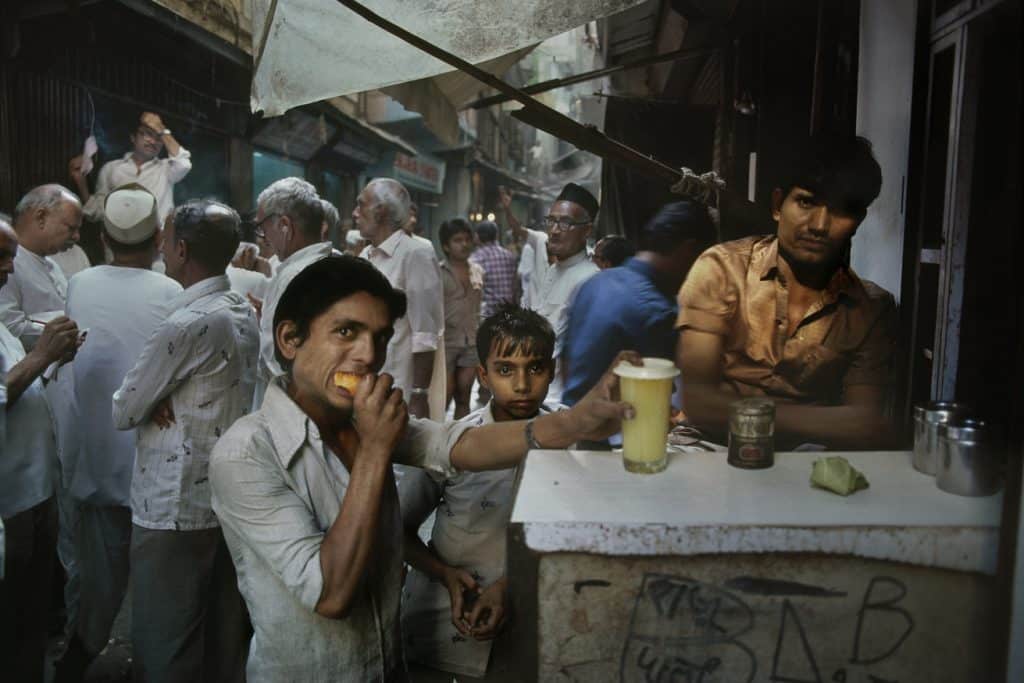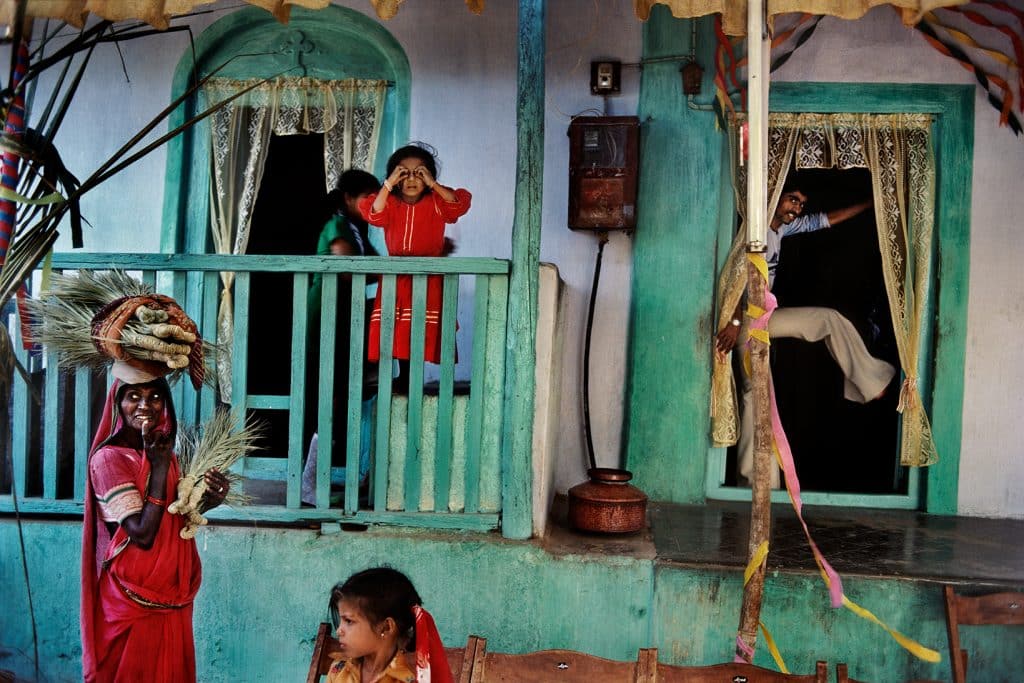There is something about Harry Gruyaert’s India that brings to mind The City of Joy, a 1985 book by Dominique Lapierre, adapted into film, which tells the story of Westerners on a Catholic mission in poverty-ridden Calcutta. This is probably due to the slightly faded colors of Gruyaert’s early photographs, which nostalgically evoke the 1980s. Or perhaps it’s the crowded streets swathed in fog that might be pollution, vapor, or dust. In the center: an explosion of color, clamor made almost audible in the image, hustle and bustle, as well as smiles, as if nothing was amiss. The Belgian photographer’s first trip to India was in 1976; his last, two or three years ago. In the meantime, he visited the country a dozen times, offering those who love this land of fabulous contrasts a journey into India’s diversity, its recent history, and its candid ambiences. In his own words, Harry Gruyaert shares his story with Blind.
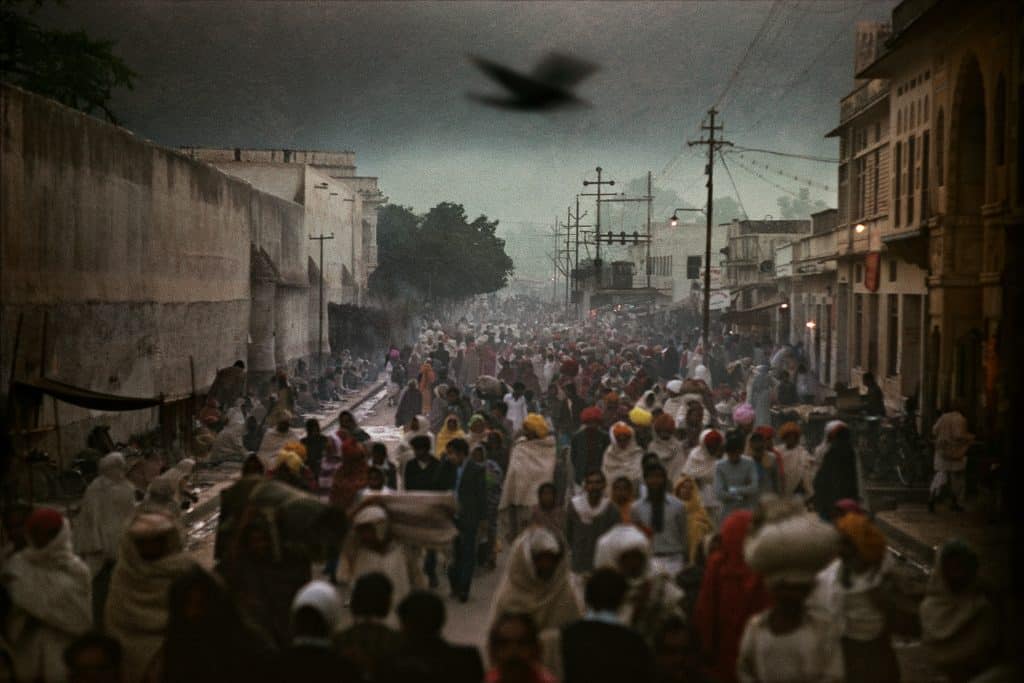
Is India a country you feel particularly close to?
I have an incredible attraction for this country. But at the same time, it’s such a dense place that sometimes I get overwhelmed and feel blocked.
How did you get around during your stays in the country?
By plane, by train, by cab, by car… In the cities, I mostly moved around on foot.
What grabs your attention in the street?
Something visually exciting. When I work, I have no preconceived ideas, it’s purely intuitive. It’s also a matter of luck. Or a story of the day. Sometimes you get up in the morning, and nothing works, you’re in a bad mood, and you just can’t pull it off. Then the next day, everything goes much more smoothly.
Are you someone who’s able to wait a long time to take a photo?
Sometimes I come back to a place that I particularly like, because of the people, the crowd, the light. Sometimes I try to find what I might have missed earlier. You always want to get it better.
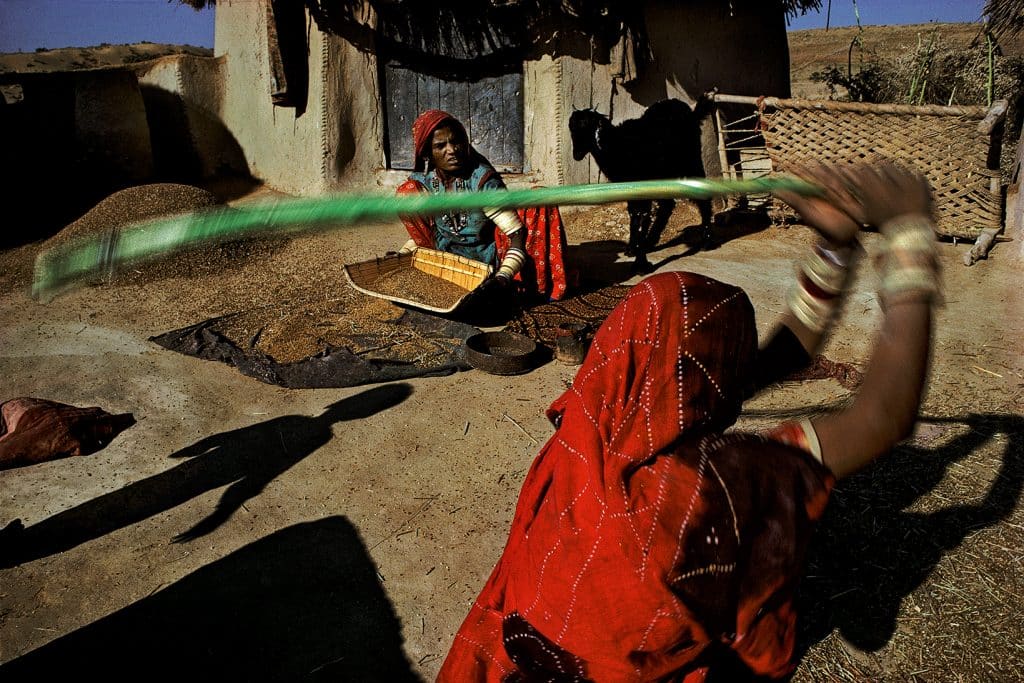
Your images of India have an air of mystery about them, just like the country itself. Is this something you were deliberately looking for?
I never look for anything in particular, I take things as they come. This country provokes ongoing questioning. There is also something quite surreal there.
Your images are also of great complexity at times…
To a photographer, Indian crowds are mad. But I’ve also made complex photos of New York and Tokyo. I like the challenge, being faced with a multitude of elements, and finding a perfect composition. Otherwise it’s all over the place, unreadable. It’s not an easy exercise, and I hope there are two or three photos in the book that are successful in that regard.
A similar complexity can be found in the work of Alex Webb, one of your colleagues at Magnum, as well as others. Is this the agency’s signature?
A signature? I’m not sure what that means. I have an affinity with Alex. But he has a much more physical approach. He gets much closer to people than I do. He looks for some kind of relationship, some kind of tension. I tend to be more distant, to take in the bigger picture.
You have another thing in common: like you, he is a colorist…
Indeed, when I joined Magnum, he was one of the few, with Miguel Rio Branco, who worked in color and to whom I felt close. At the time, the other photographers worked mostly in black and white.
India is a country that has been rapidly evolving, especially in recent years.
Indeed, it has. I could have done a completely different book on India today: by photographing the modernity of the big cities. I have some images along these lines, but I didn’t include them because they stood out too much. The reaction of Indians to photographers has also changed a lot. Before, they were not used to seeing a camera, so everyone rushed to pose for me. Today, it’s nothing like that.
Have you met anyone who’s made a particular impression on you?
No, not really. I don’t usually talk to people too much when I’m taking pictures.
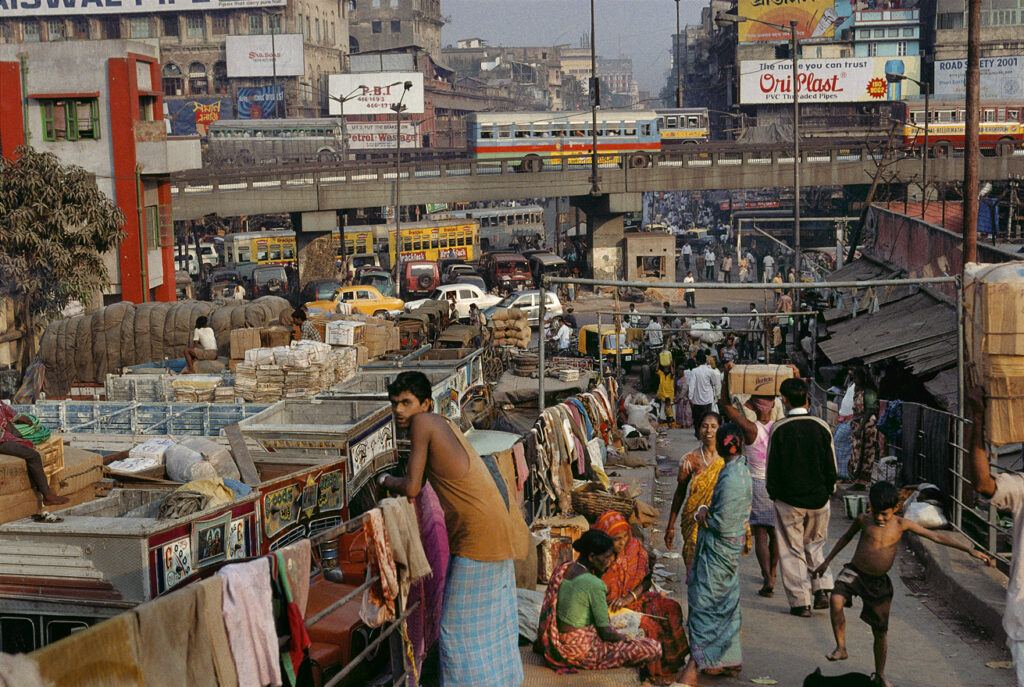
Do you have a favorite place in India?
Calcutta. At the time I photographed its streets, the city was so polluted, dirty, and miserable that you wanted to run away. When you looked at the people, who had nothing, absolutely nothing, but who had that genuine smile, you wondered: how do they do it? It’s a real life lesson.
Is this also the book’s message, to move the reader and make them aware of the Indian society, the condition of the Indians?
I don’t have any message to convey. I show what I see. In fact, I work primarily for myself. To be happy as I am. After that, if people are happy by looking at my pictures, I am delighted. But it’s not a goal. I never think about how my photographs will be received.
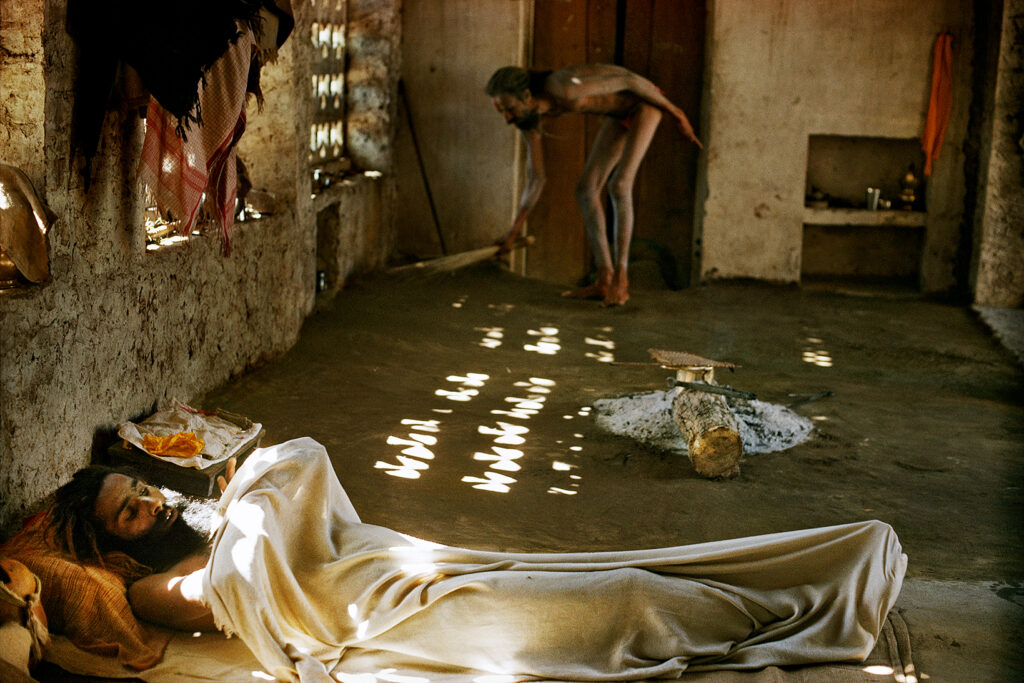
Harry Gruyaert, India. Published by Atelier EXB. 208 pp, €45. The book is available here.

